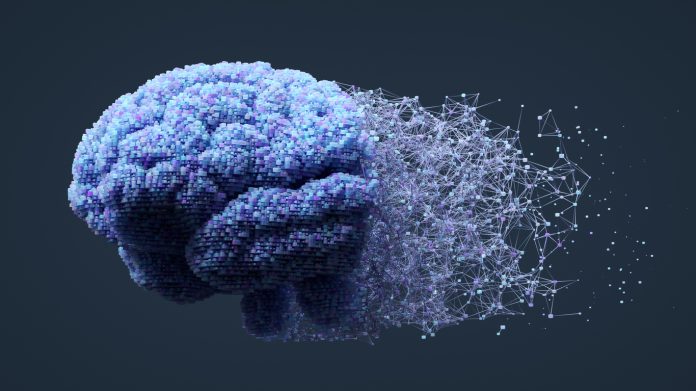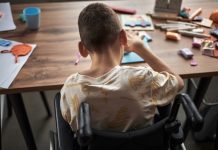The rise of Generative AI is transforming everything, including education. This article explores the challenges and opportunities of this digital revolution, proposing solutions for policymakers, educators, and students to navigate the future of AI-empowered higher education
Higher Education (HE) has played an essential role in both individual and societal progress, not only enhancing global collaboration and understanding across nations, but also contributing to the nurture of future leaders and entrepreneurs.
Following the boom of GenerativeAI, the technology trend and advancement has entered an unprecedented race, which in turn affects everything in the world and, of course, there is no exception of HE. For the same logic, in this short article, we would like to elaborate the challenges and opportunities that HE may face in the digital transformational epoch. We are keen to propose suggestions to the policymakers, school managers and HE authorities, aiming to improve the education services, school management policies and developmental strategies, which can best fit and reflect the technological and societal changes, including the highlights of future employability and job requirements. Therefore, four ideas for technology-empowered higher education are proposed as follows.
AI for assignments – cheating or learning? Where to draw the line?
The first time we spoke about AI in higher education was not in a positive way but rather in a more panic-like style. We all acknowledged that generative AI apps such as ChatGBT could be used to generate assignments. Moreover, companies and people all over the world have been using it for a wide variety of tasks, all done within seconds.
Before we answer the question above, we need to reconsider the status-quo. In an inspiring Ted Talk, Natasha Berg invites education institutions to rethink what they teach, why and how they do it. The simplified answer is that higher education must provide real-life skills, that are in-need and businesses/employers looked for.
The first reaction of many schools across the world was to ban the use of AI. Was that a positive thing in the very places where new ideas and innovation should be generated? Perhaps, not, as we know how the “forbidden fruit” works on human mind. Instead, we advocate for forums and generate new educational policies on how to teach our students to use AI safely and effectively.
One size no longer fits all
For many years, we have been imagining a system that is much more customized to each student’s individual needs, considering their unique sets of skills and knowledge, as well as their unique needs, values, and goals.
Now, with the applications of AI, we could finally achieve that. We could customise the entire academic support system and the academic delivery to fit the needs of each of our students. New GenerativeAI solutions that are able to act as collaborative coaches, guides, mentors, study buddies or study motivators have already been released across the world and are continuously being improved with rapid velocity.
The next step will be to create systems that assess both the need and the current level of knowledge and are able to recommend tailored educational content that is a perfect fit for each student. Moreover, the way the content is delivered should be the best for the student, taking into account their preferred way of studying, their neurodivergent specific or their current level of language, as well as their psychological profile and their cognitive ability.
How jobs will be impacted?
A recent report by Goldman Sach spread fear and worries in predicting that the equivalent of 300 milion jobs could be replaced by AI by 2030. So, yes, it is fair to say that AI will replace considerable amount of jobs, including those in HE, as well as the jobs that we prepare our students for in the near future. This challenge raises a new question – what kind of skills and knowledge should we develop and deliver as educators in order not only to work with AI as our co-pilot, but also to be AI-Proof (someone who could not be replaced by AI)?
In his book Reclaiming the Revolution, Prof Stephen Barber writes, “Technological transformation means that more than ever, we need to value and nurture the human skills of creativity, adaptability, and innovation.” The Future of Jobs Report by the World Economic Forum also suggests a few areas to focus on for our curriculum design, such as digitisation, AI, and sustainability.
The OECD Learning Compass has proposed a series of employability skills that are in-need and AI-proof in the near future. These skills include, for instance, critical thinking, analytical thinking, resilience, flexibility and adaptability, curiosity and lifelong learning.
Towards better policies for AI-empowered higher education
Recently UNESCO released a detailed guideline on how to use Generative-AI in Education and Research. This new report answers an urgent need for national regulations on Generative-AI to protect the data privacy of users in educational instructions, as well as to give education providers the necessary tools to validate the outputs of AI.
The Guidance offers a comprehensive analysis of the risk that Generative-AI poses to our human values that promote human agency, inclusion, equity, gender equality, and linguistic and cultural diversities, as well as the freedom of expression.
The Guidance also offers a set of valuable recommendations on how to design the applications of generative AI tools to protect human agency and add value for students, educators, and researchers.
Final remarks on AI-empowered higher education
It is crystal clear that AI has influenced the learning, services, practices, policies and jobs in the sector of Higher Education, and its influence will continue to grow. For instance, AI is likely to complement human work in setting coursework questions, marking exam scripts and monitoring student performance. The IMF analysis also reveals that almost 40 per cent of global employment will be exposed to AI replacement and/or coordination in the next decade. AI is like a double-edged sword, bringing both positive and negative benefits to the HE Sector.
Fortunately, AI is not designed to replace human beings and take over their jobs. As AI still relies on power for all functions and AI cannot generate power on its own (not yet), we humans need to speed up in forming AI regulations and guidelines for users. At least, we humans should benefit AI’s merit, not scare of it!
This piece was written and provided by Dr Alina Vaduva and Prof Kirk Chang











